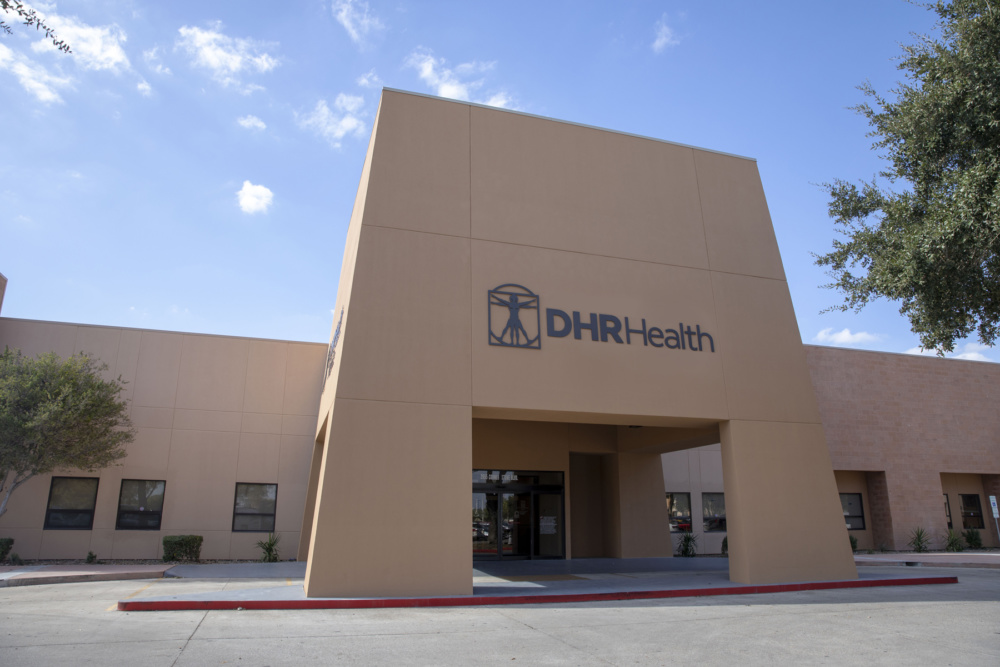With Mazor Robotics technology at his fingertips, neurosurgeon Dr. Michael A. Leonard is advancing the treatment of spinal conditions
Physicians are constantly looking for new and innovative treatments to help them care for their patients. Spine surgeons are no exception to this. We are always interested in new methods to achieve our goals in the operating room, in safer and less invasive ways. Unfortunately, there are many ideas and products that have been previously touted to help surgeons in the operating room, but ultimately were less than advertised. One recent exception to this is Mazor Robotics’ Renaissance spine surgery system. This system is a recent advancement in spine surgery, and it has enabled many procedures to be accomplished in a less invasive way.
I have been fortunate enough to be the first surgeon in San Antonio to have added Mazor’s robotic spine surgery system to my practice, and I’m currently the only surgeon in San Antonio certified to perform these procedures. My experience with the benefits provided by robots in treating my patients goes back a long way. I’ve been utilizing robots for over a decade to treat my patients with spinal and brain tumors. One of the most advanced tools for treating these patients is a robot-guided radiation beam that allows for pinpoint delivery of radiation deep into a patient to treat tumors, while safely preserving surrounding tissue. My experience with this system allowed me to see the value in a robot guidance system for many of my other spinal surgery patients who didn’t need radiation, but could otherwise greatly benefit from the precision a robot guidance system can deliver. When I first saw Mazor Robotics’ Renaissance spine surgery system, I realized it would revolutionize spine surgery as I knew it. I’ve been using this system since 2013, and I’ve currently performed nearly 80 surgeries with it. I have been amazed at how it has helped make my surgical outcomes more successful.

This system uses a patient’s preoperatively obtained CT scan and state-of-the-art 3-D software to plan the perfect surgery, and then the surgical robot assists the surgeon in carrying out that plan with the utmost accuracy. This has resulted in smaller incisions, less time in surgery, less blood loss and quicker recovery for my patients. After using this system for the last two years, I am convinced it is the way of the future, and I’m certain it is only a matter of time before all surgeries will be performed with robotic guidance.
Of course as with any surgical technique, not every patient requires or is a candidate for robotic spine surgery. Nevertheless, the indications and applications for robotic guidance in spine surgery are growing rapidly. Indeed, Mazor’s Renaissance system has recently been used to provide robot guidance to access deep brain lesions, allowing for tumor biopsy in the most accurate and safest way possible.
Robotics have been revolutionizing surgery for some time. Although it has taken a little longer to happen, it has finally arrived to the spine surgery world, and things will never be the same.





Recent Comments